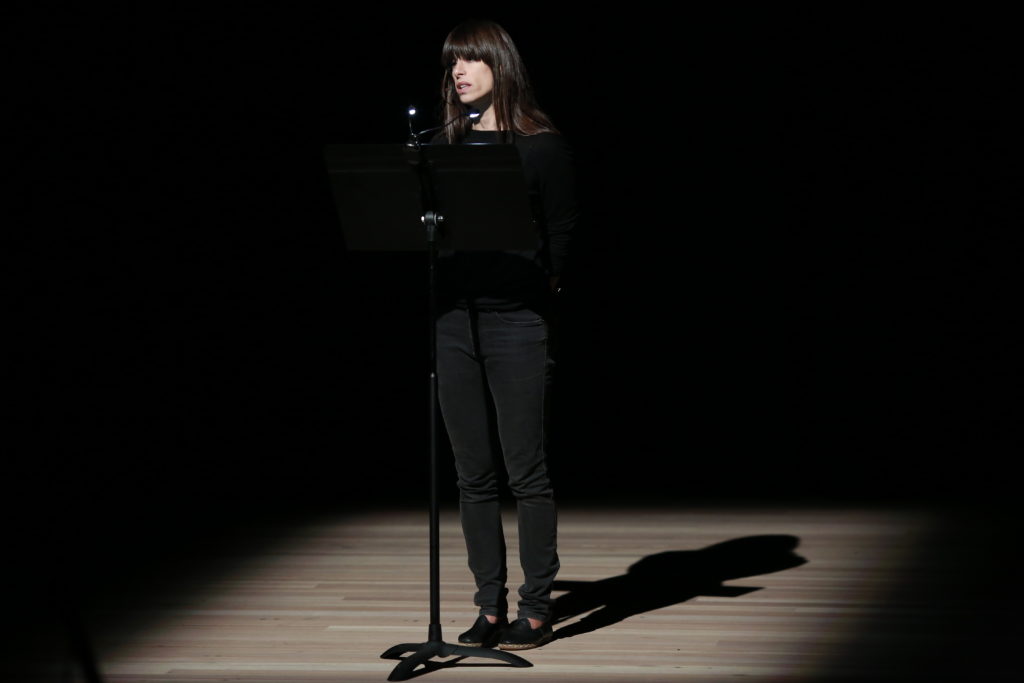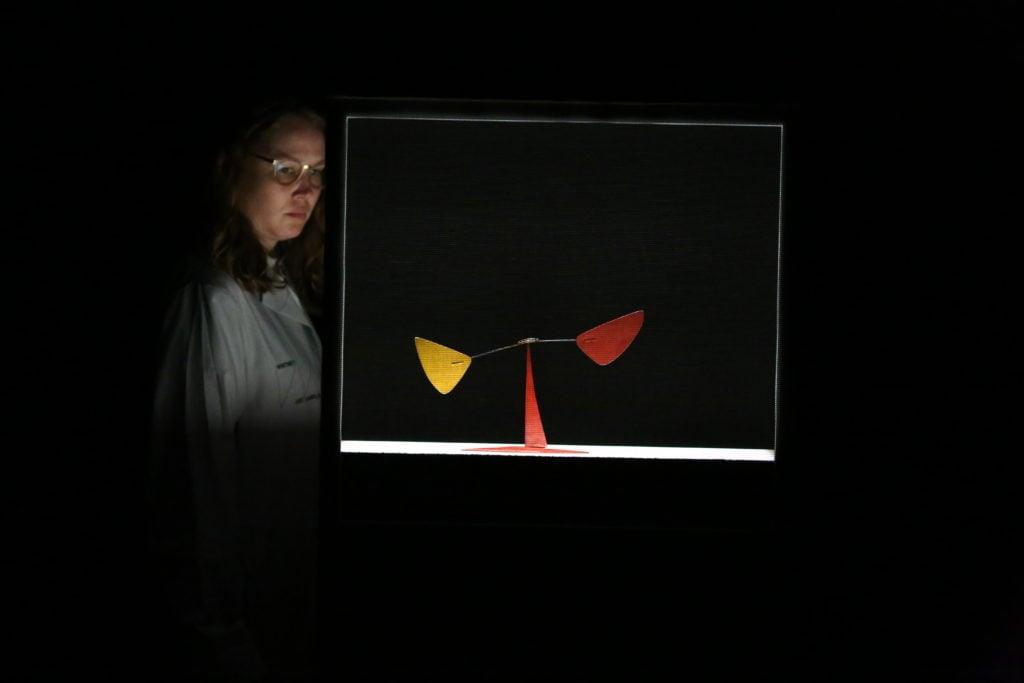Art World
Conceptual Artist Jill Magid Wins the 2017 Calder Prize—and the Keys to Alexander Calder’s Home
Magid will receive $50,000 cash and a residency at Calder’s former home and studio in Connecticut.

Magid will receive $50,000 cash and a residency at Calder’s former home and studio in Connecticut.

Taylor Dafoe

The Calder Foundation announced today that the New York-based artist Jill Magid has won the 2017 Calder Prize. The award comes with $50,000 cash and the promise to place one of the artist’s works in a major public collection.
Magid will also participate in a residency this spring at Calder’s former home and studio in Roxbury, Connecticut—a first for the prize. “I find it a very exciting invitation,” Magid told artnet News. “When I suggested to Sandy [Rower, the foundation’s president] that staying in Calder’s house might be like the experience I’d had staying in Luis Barragán’s house and studio in Mexico City, he disagreed, saying, ‘the Barragán house and studio is now a museum, and open to the public; Calder’s house is exactly how he left it. It’s as if he walked out to get a carton of milk and never came back.’”
The Calder Prize, which was founded in collaboration with the Scone Foundation in 2005, is awarded biannually to a living artist who has “completed exemplary and innovative early work and who has demonstrated the potential to make a major contribution to the field.” Former winners of the prize include Tara Donovan, Rachel Harrison, and, most recently, Haroon Mirza.
Magid’s often-radical work spans sculpture, installation, performance, and other media. Her career has been defined by conceptually driven projects exploring, among other things, mass surveillance, legal loopholes, and the gray areas of artistic intent, intellectual property, and consent. Her 1999 project Lobby 7, for example, involved her hacking into the surveillance monitors at a lobby at the Massachusetts Institute of Technology and displaying intimate images of her body. With her 2005 work Auto Portrait Pending she made a deal with a company to have her cremated remains turned into a diamond after she dies. In another 2005 work, she infiltrated the Dutch equivalent of the CIA to create an artwork built out of interviews with staffers; originally made with the intelligence agency’s permission, it was so revealing that it had to be classified.
Last summer, the Whitney Museum commissioned Magid to create a special work in response to its exhibition “Calder: Hypermobility.” Her project—part performance and part conceptual exercise—Awaiting Alexander Calder, was based around five of the sculptor’s mobiles whose tops and bottoms were mysteriously mismatched in the early ’60s. They were sold and resold multiple times in the wrong orientation. The Calder Foundation purchased one of these mismatched sculptures in 2017 and turned it over to Magid, who will care for the work until its constituent pieces can be rightfully paired with their original partners. In doing so, Magid redefined the notion of mobility relating to Calder’s work.

Jill Magid, Awaiting Alexander Calder (2017). Photograph: Paula Court. All works by Alexander Calder © 2018 Calder Foundation, New York / Artists Rights Society (ARS), New York. Courtesy of the Whitney Museum of American Art.
At first glance, Magid may seem a curious choice for a foundation-sponsored prize, given that many of her projects have to do with questioning institutional systems of power. Her ongoing project The Barragán Archives consists of a series of performances and installations that engage with the personal and professional archives of renowned Mexican architect Luis Barragán, half of which were purchased by the founder of Swiss furniture company Vitra and given as an engagement present to his wife, who has since largely withheld them from the public. The project—which involved the artist obtaining Barragán’s cremated remains from his family and turning them into a diamond engagement ring, which she then offered to exchange for the archives—questions the idea of ownership and the ethics around artists’ legacies.
“Although Calder and Magid appear to be polar opposites, the two artists share a common ground, drawing as they do upon immaterial notions as material—whether that be permission, as in Magid’s case, or chance, as in Calder’s—to reveal the complexities beyond transparency,” the foundation said in a statement.